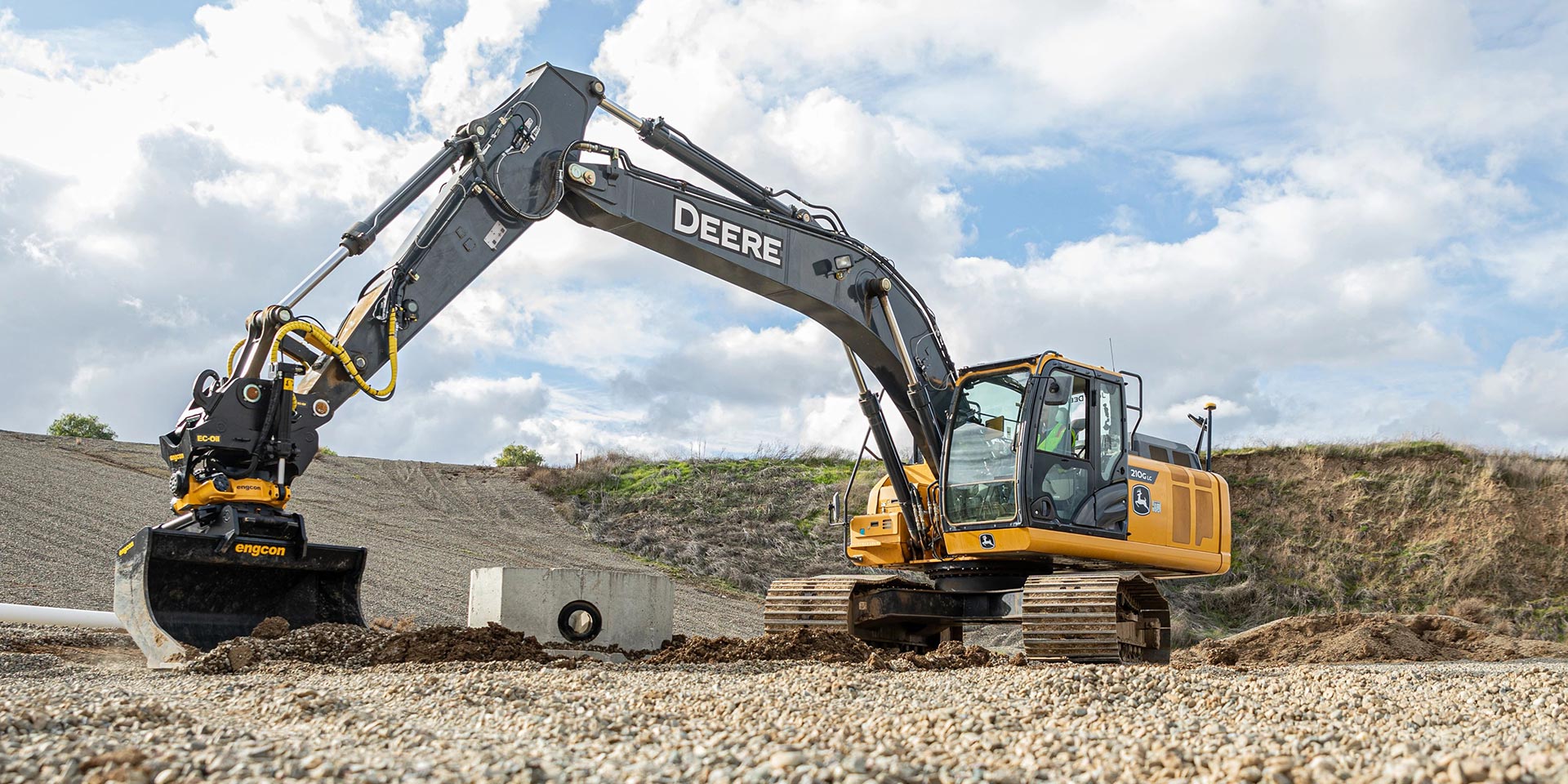Understanding machine control sensors
Machine control sensors provide real-time data and feedback to operators, allowing precise control of heavy machinery during construction projects.
Types of machine control sensors
Machine control sensor use cases
Related offerings
Get in touch
Thank you! We will be in touch.


































